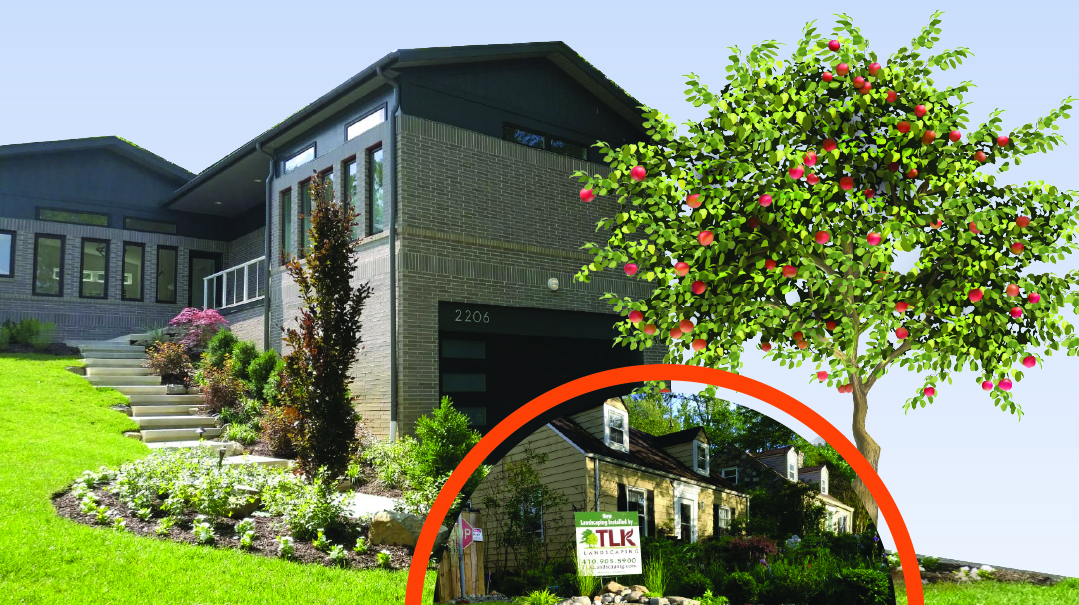Fruitful Ventures and Adventures

“We grew from a small, residential lawn cutting business to a full-service landscaping, maintenance, installation, and snow removal company for residential and commercial customers”

Photos: Margie Pensak
Tzvi Pensak was always fascinated by lawnmowers. When he was little, he often disappeared, but if we heard the sound of a lawnmower outside, we knew where to find him. When he was strong enough to push a mower at the age of 11, he used it — together with an electric weedwhacker that someone gave away — to mow a few lawns on the block. Word soon spread, and soon Tzvi was running a lawncare business.
A Master Juggler of Schoolwork and Yardwork
"My business name was ‘The Lawn King,’” Tzvi says. “When my older brother Zev was 11, he found a broken lawn mower and fixed it himself. He started a lawn care business with that name, which I later adopted. But when I went to officially register the name many years later, I found out that ‘The Lawn King’ was already registered by another business, so I changed the name to ‘TLK Landscaping’ instead. TLK stands for The Lawn King.”
After graduating high school and going to learn in Eretz Yisrael, Tzvi continued to successfully manage his TLK employees from overseas. Today, Tzvi (now a husband and father) is the CEO of TLK Landscaping in Baltimore, MD. He has several employees, a fleet of trucks, and several pieces of specialized equipment to service hundreds of customers.
“We grew from a small, residential lawn cutting business to a full-service landscaping, maintenance, installation, and snow removal company for residential and commercial customers,” explains Tzvi. “Beautiful grass, flowers, privacy bushes, and trees make people want to spend more time outdoors and enjoy their properties.”
Out-of-the-Box Jobs
Tzvi says the most unusual garden TLK was asked to create was a pondless waterfall. Most garden fountains are surrounded by a pond where the water collects. A pondless waterfall does not have a pond; instead, the water is pumped into an underground tank and then recirculated through the waterfall. “There are many advantages of a pondless waterfall. You can enjoy the beautiful sight and sound of a circulating waterfall without the work that goes into maintaining a pond. There are also safety concerns with a pond, which a pondless waterfall avoids. Also, people who have only a small space in their yard, or want a less expensive alternative to a conventional pond, may prefer to go pondless.”
TLK’s most unusual job was when using a Tree Spade Truck to remove an extremely big tree. “Moving trees by hand is a very labor-intensive task that requires lots of hand digging with a shovel and takes many hours. You can picture a Tree Spade Truck if you know what an ordinary hand spade is—the kind that’s used for planting flowers. Imagine a large truck that has four spade-shaped blades that you can lower into the ground, around even a very large tree trunk, so it can seamlessly dig around it in seconds and lift it out of the ground, root ball and all! We used a Tree Spade Truck to dig a hole in the ground to dig the hole needed for the new tree root ball.”
Tzvi says TLK’s longest job took more than a month to complete. It involved installing a garden with an irrigation system, rain garden, sod, veneer stone, retaining wall, privacy trees, new landscape design, landscape architectural lighting, and ground cover for a shaded area.
Oops! We could not locate your form.






